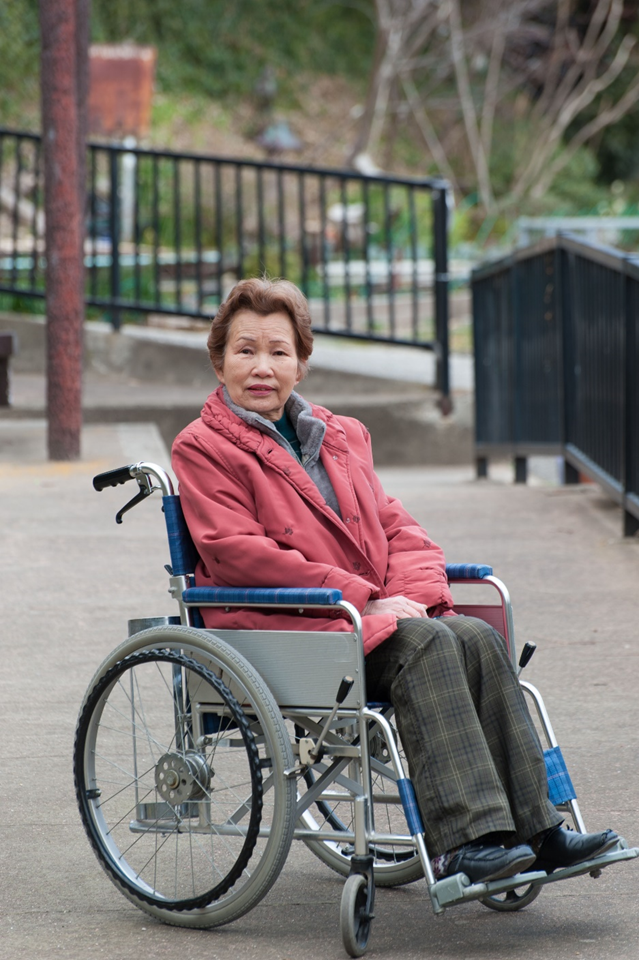Case Study: Mary
Now, let’s consider Mary’s story. Mary, who uses a wheelchair, had 2 very different experiences when seeking treatment for breast cancer at 2 health care facilities.
Click on the headings to learn more about Mary’s case.
At the first facility, Mary was originally told she could not get outpatient treatment because, as a wheelchair user, she was not considered ambulatory. Mary advocated for herself by contacting the hospital’s patient representative. She worked with the patient representative to have a mechanical lift brought to the center and staff members trained to use it.
At the second facility, during Mary’s initial visit, her oncologist discussed options for getting Mary on the examination table and asked Mary’s preferences. Together, they determined the best strategy. The hospital has a system to ensure communication between departments, and Mary’s primary provider had noted Mary’s needs in her patient record. Mary’s oncologist already knew what accommodations Mary might need and how to talk with Mary about her options for care.
Although both facilities ultimately were able to get Mary onto an examination table, she had completely different experiences getting the care she needed. At the first facility, Mary had to advocate for her right to get care and appropriate accommodation. At the second facility, Mary’s oncologist knew about her accommodation needs before she arrived for treatment, she asked Mary about her preferred options for a safe transfer, and she made sure the equipment Mary needed was already in place to make her experience seamless. The second oncology facility had the systems, equipment, and training to help providers and patients focus on appropriate treatment and care.
